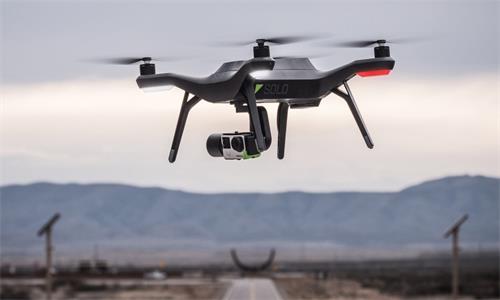Drone Insurance: Managing Risks in the Skies

Drones have become an integral part of various industries, from photography and videography to agriculture and surveying. As these unmanned aerial vehicles soar to new heights, it's crucial for drone operators to understand the importance of insurance in managing the inherent risks associated with flying in the skies. In this article, we'll delve into the world of drone insurance, exploring the risks involved and how insurance can play a pivotal role in safeguarding both operators and businesses.
Drones, while offering numerous benefits, are not immune to risks. From accidental crashes and equipment malfunctions to privacy concerns and legal issues, drone operators face a myriad of challenges. One of the primary risks is the potential damage or injury caused by a drone, whether it's to property, people, or other aircraft. Additionally, operators may find themselves in legal trouble if they violate airspace regulations or invade someone's privacy unintentionally.
Types of Drone Insurance:
To address these risks, the drone insurance market has evolved to offer tailored coverage for operators. Here are some common types of drone insurance:
1. Liability Insurance:
Liability insurance is designed to cover damages or injuries caused by a drone to third parties. This can include property damage, bodily injury, and legal expenses. With the increasing number of drones in the airspace, liability coverage is essential for protecting operators from potential lawsuits.
2. Hull Insurance:
Hull insurance provides coverage for damage to the drone itself. Whether it's a crash, equipment failure, or any other form of damage, hull insurance ensures that the cost of repairs or replacement is covered. This type of insurance is particularly important for commercial drone operators who rely on their equipment for business operations.
3. Payload Insurance:
Payload insurance covers any payload or equipment attached to the drone. For example, if a drone is carrying specialized cameras or sensors, payload insurance can help replace or repair these expensive components in case of damage.
4. Non-Owned Insurance:
Non-owned insurance is relevant for operators who rent or borrow drones. It provides coverage for any damage or liability incurred while operating a drone that doesn't belong to the insured. This is crucial for businesses that collaborate or share equipment.
Risk Management Strategies:
While insurance provides a safety net, drone operators should also adopt proactive risk management strategies to minimize the likelihood of accidents. Some key risk management practices include:
1. Training and Certification:
Ensure that operators are well-trained and certified to fly drones. This includes understanding airspace regulations, emergency procedures, and proper drone maintenance.
2. Pre-Flight Checks:
Implement thorough pre-flight checks to identify any potential issues with the drone's hardware or software. Regular maintenance and inspections can prevent accidents caused by equipment failure.
3. Adherence to Regulations:
Stay updated on local and national regulations regarding drone operations. Adhering to these regulations not only ensures legal compliance but also minimizes the risk of accidents.
4. Privacy Awareness:
Educate drone operators about privacy concerns and the importance of respecting individuals' privacy. This includes avoiding flying over private properties without consent and respecting no-fly zones.




